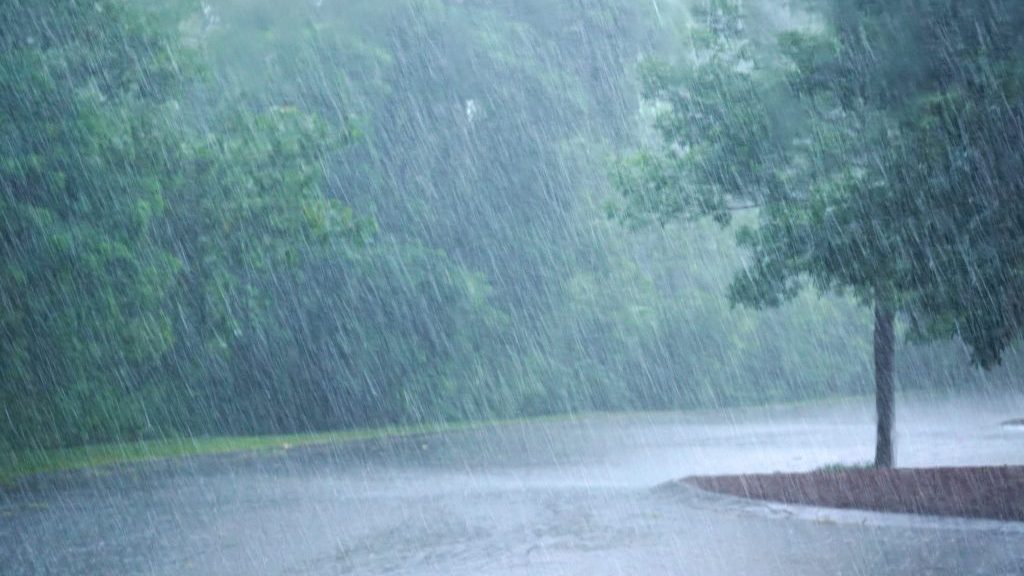In the wake of severe weather events which have caused major flooding and placed significant strains on infrastructure systems, Peel Region is taking action on several fronts including commissioning two innovative Low Impact Development (LID) projects in close proximity of each other on Mississauga Road in west Brampton.
These include an enhanced living wall exfiltration system and a 500-metre-long (1,640-foot) centre-median bioswale which the region believes is the first of its kind and a possible template for similar projects.
Undertaken in partnership with Credit Valley Conservation (CVC) and designed by Aquafor Beech Ltd., they are intended to reduce the impact of road stormwater drainage on the Credit River and its tributaries.
A major component of a two-year, 2.8-kilometre-long (1.7-mile) widening of Mississauga Road from Williams Parkway to just north of Bovaird Drive, the living wall is the second and most complicated ever installed by the region, says public works project manager Samantha Paquette.
Varcon Construction was the general contractor.
A stretch of the Huttonville Creek parallels the road. The wall was a requirement of the Ministry of Natural Resources and Forestry to mitigate the impact of stormwater into the creek which could endanger the Redside dace, an already endangered species, says Paquette.
Comprised of a top layer of topsoil and a subsequent layer of granular material, the approximately 400-metre-long (1,312-foot) TerraSlope Web retaining wall is not unlike similar walls — with one major difference. What makes it unique is an exfiltration pipe running along its entire length.
The wall is intended to divert the first 25-millimetre depth of stormwater which enters the drainage systems through a specially-designed double chamber catchbasin manhole. From there it flows through a pipe and then into the exfiltration pipe where it slowly seeps to the bottom of the wall and exits through small drainage outlets into the floodplain.
“Building the wall was a slow process. It was laborious and a lot of hard work,” says Paquette.
Some of the complications included erecting the wall around culverts and other curves, installing the oversized manholes, and the significant dewatering which had to be conducted in the spring months when the creek was at high water levels, she says.
The region’s road and operations staff is now receiving training on the maintenance and inspection of the wall from the conservation authority, says Paquette.
About a kilometre to the south near Queen Street is the site of the second project, the centre-median bioswale which is comprised of granular material and native plants.
We will be comparing the median’s performance against conventional storm management systems,
— Jordan Wiedrick
Credit Valley Conservation
“It was a good location to implement green infrastructure because of the opportunity to incorporate irrigation for the plants while providing storm water management benefits,” says Paquette in explaining why that particular location was chosen.
Other factors included a favourable topography and drainage network, plus the fact there are existing centre medians in the area which act as a gateway feature to the community.
Constructed by Brampton-based Graham Bros. Construction Ltd. between the autumns of 2016 and 2017 as a stand-alone retrofit and commissioned in late 2018, the centre-median bioswale replaces a non-irrigated one built in 2011 when the road was expanded from two to four lanes.
Many of the plants died from the lack of irrigation and that was one of the factors which led to the commencement of planning and design of this new system in 2014, Paquette says.
“It is the first project to daylight water into the median on a regional road from a large drainage area through a set of weirs and river rock channel, while providing irrigation for the plants,” she says in emphasizing its role and importance.
A pipe extending from a manhole at the north end of the median diverts road stormwater to a depth of 25 millimetres — similar to the living wall — into the median where it is cleaned and cooled by the plants before reentering local drains and from there into a nearby storm management pond, Paquette says.
This is accomplished with the use of a shut-off valve at the entry pipe. Once in the median, the water passes over six different weirs which slows down the water to prevent erosion, as well as storing it for irrigation.
Only the first 25 millimetres are directed in the median as that volume is the most heavily contaminated and the amount of stormwater in “90 per cent of all rain events” is less than that figure, she explains.
The region was able to secure a grant from the Federation of Canadian Municipalities which covered 80 per cent of the cost.
Although construction was completed some time ago, the project isn’t considered finished as the conservation authority will be conducting a five-year-long performance monitoring program.
This will be conducted through the use of a series of samplers placed near the inlet, throughout the median and at the exit pipe, which will be collected after storms of varying intensity, says CVC water resources specialist Jordan Wiedrick.
“We will be comparing the median’s performance against conventional storm management systems, as well as the design plan’s calculations.”
At the end of the five-year period, a report summarizing the findings will be submitted to Peel Region, says Wiedrick.











Recent Comments
comments for this post are closed